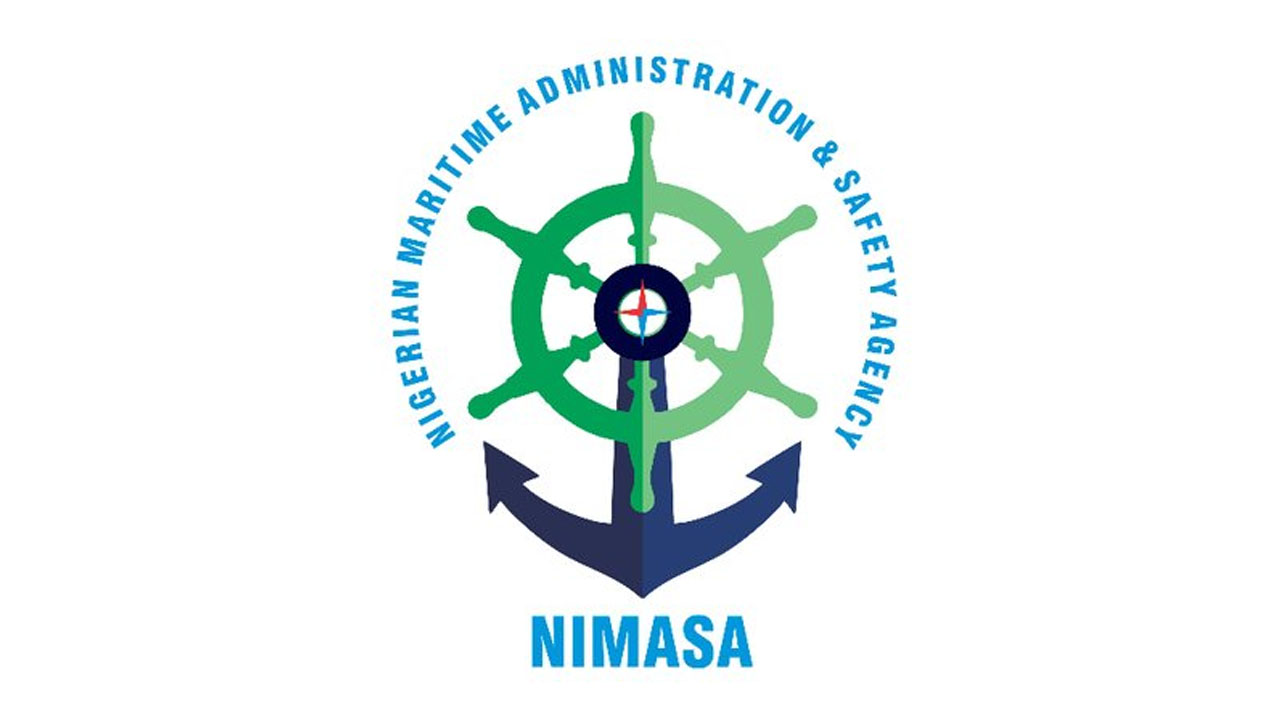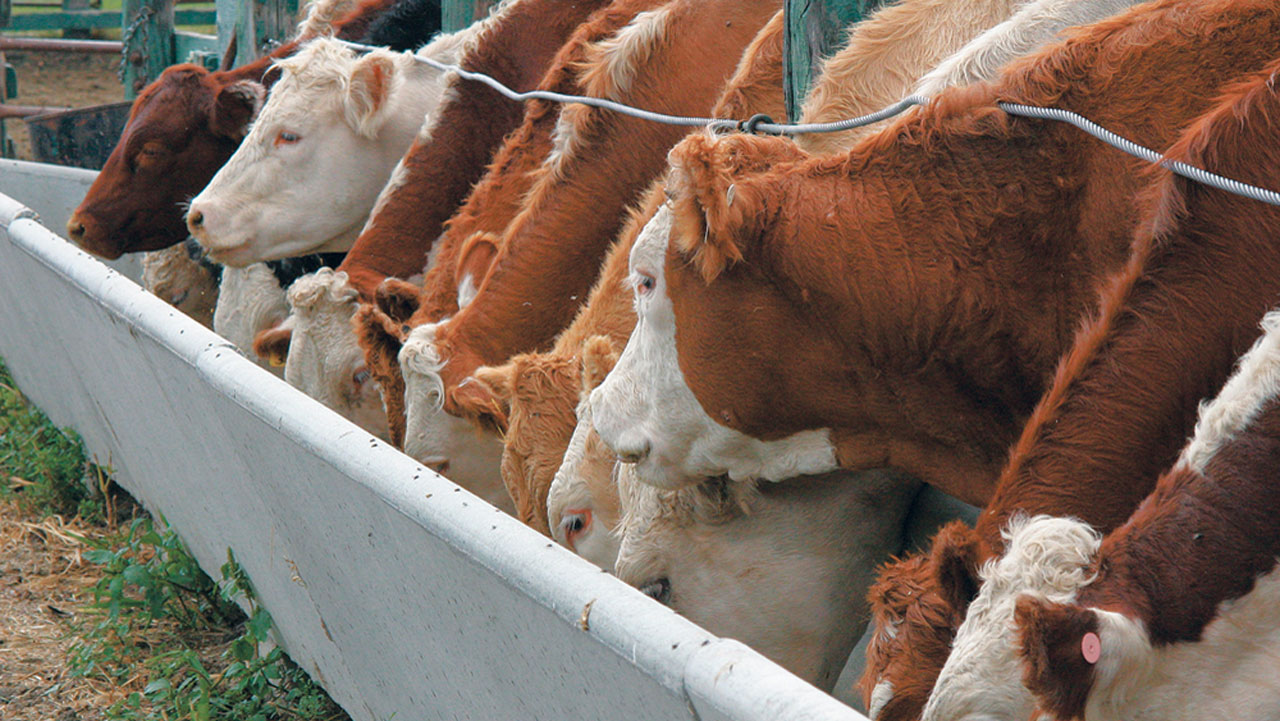Headline Purchasing Managers’ Index (PMI) rose to a three-month high of 54.0 in July, up from 51.6 in June, extending the current sequence of expansion to eight months, signalling a monthly improvement in the health of the private sector.
This headline figure derived from the survey is Stanbic IBTC’s Purchasing Managers’ Index (PMI) for the month of July. Readings above 50.0 signal an improvement in business conditions from the previous month, while readings below 50.0 show a deterioration.
The start of Q3 saw a pick-up in growth momentum in the Nigerian private sector as rates of expansion in output and new orders accelerated, leading to a sharp rise in purchasing activity and the fastest increase in employment since October 2023.
Firms were helped to some degree in their efforts to secure new business by a further softening of inflationary pressures. Output prices increased at the slowest pace in over two years, while sharp and accelerated expansions in output and new orders were recorded.
In both cases, the increases were the fastest in three months. Panellists reported improving customer demand in some cases due to softening inflationary pressures.
The launch of new products was also a factor supporting growth. Rising new orders and efforts to speed up the completion of projects encouraged firms to take on extra staff at the fastest pace since October 2023.
Extra workforce capacity meant that companies were able to keep backlogs of work broadly stable, following increases in each of the prior three months. Companies also increased their purchasing activity sharply in response to higher new orders, feeding through to a marked accumulation of inventories.
A renewed shortening of suppliers’ delivery times also helped with stock building. The pace of purchase price inflation eased for the third consecutive month in July and was the weakest since April 2020.
Costs for purchases, however, continued to rise sharply, linked to the weak naira and higher raw material prices. In contrast to the picture for purchase prices, the rate of staff cost inflation quickened and hit a five-month high.
The latest rise, in part, reflected increased employment, but also efforts to help staff with higher costs, in particular those related to transportation fares. In line with the picture for purchase costs, the pace of output price inflation eased for the third consecutive month and was the weakest in 26 months.






